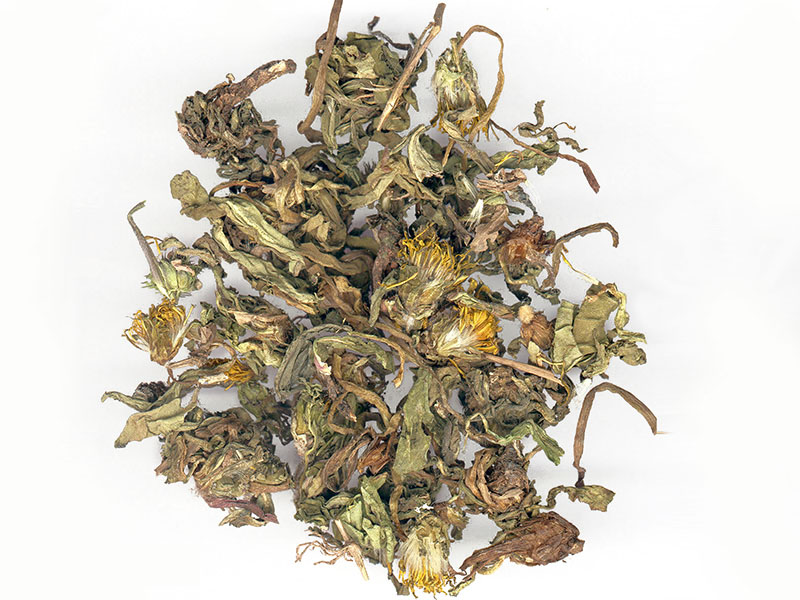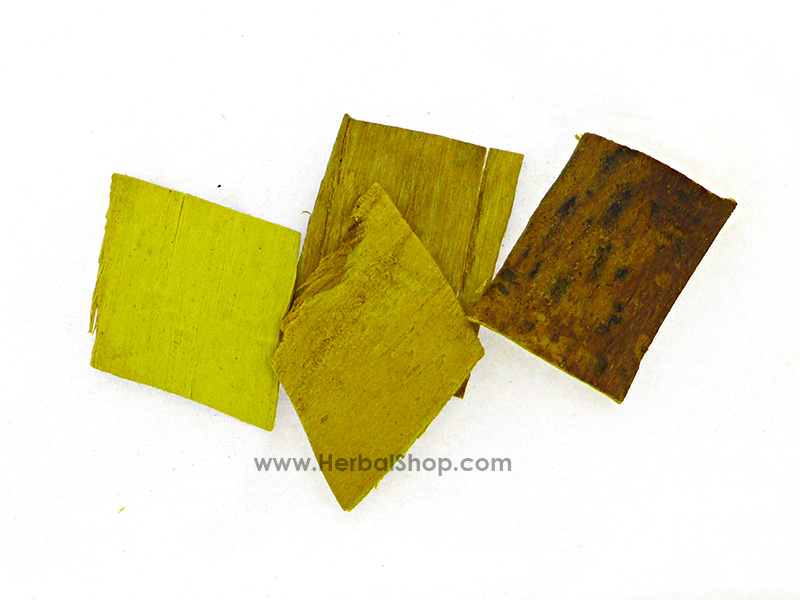Tree Peony Root Bark (Mu Dan Pi)

牡丹皮
Moutan bark (Mudanpi)
Pharmaceutical Name: Cortex Moutan
Botanical Name: Paeonia suffruticosa Andr.
Common Name: Moutan bark, Tree peony bark
Source of Earliest Record: Shennong Bencao Jing
Part Used: The roots are dug and gathered in autumn. After the fibrous roots have been removed, the roots are dried in the sun.
Natural Properties & Taste: Bitter, pungent and slightly cold
Meridians: Heart, liver and kidney
Therapeutic Effects:
1. To clear heat and cool blood.
2. To invigorate blood and resolve blood stagnation.
Indications:
1. Febrile disease in which pathogenic heat enters the blood level manifested as fever, vomiting with blood, epistaxis, blood in the urine, maculopapule and deep red tongue proper. Moutan bark (Mudanpi) is used with Fresh rehmannia root (Shengdihuang), Rhinoceros horn (Xijiao) and Red peony (Chishao).
2. Late stage of febrile diseases with exhaustion of body fluids or yin deficiency manifested as fever at night, and subsiding in the morning, without presence of sweating, red tongue proper with scanty coating and thready, rapid pulse. Moutan bark (Mudanpi) is used with Anemarrhena rhizome (Zhimu), Fresh rehmannia root (Shengdihuang), Turtle shell (Biejia) and Sweet wormwood (Qinghao).
3. Blood stagnation manifested as amenorrhea, dysmenorrhea, hard masses, lumps, tumors and modules. Moutan bark (Mudanpi) is used with Peach seed (Taoren), Cinnamon twigs (Guizhi), Red peony (Chishao) and Poria (Fuling) in the formula Guizhi Fuling Wan.
4. Boil, carbuncles and furuncles. Moutan bark (Mudanpi) is used with Honeysuckle flower (Jinyinhua) and Forsythia fruit (Lianqiao).
Dosage: 6-12 g
Cautions & Contraindications: Care should be paid when it is used during excessive menstruation or pregnancy.









